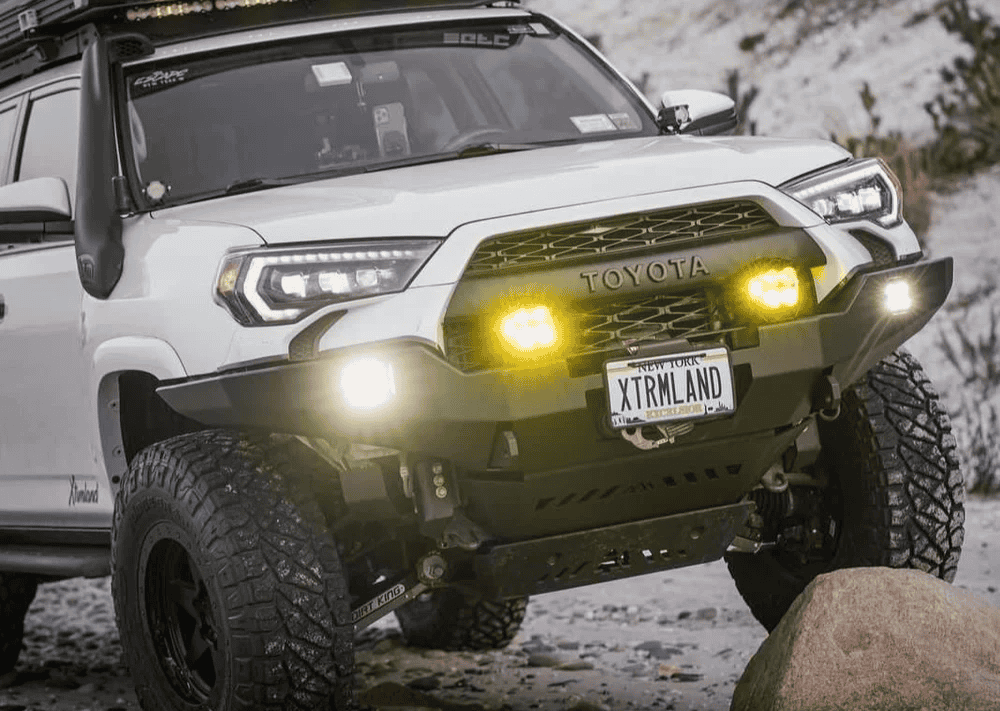Overland Vehicles

Picture a muddy two track that twists toward a storm line, then climbs onto wind polished rock. An expedition truck is built for that kind of uncertainty. It blends the capability of a 4x4 or 6x6 chassis with a compact living space that protects you from weather, manages resources, and keeps you moving when the map goes quiet.
At its core, an expedition truck favors function over flash. Payload capacity must exceed real world weight, not brochure estimates. A sound build matches tire size to gearing, pairs suspension to load, and keeps weight low and centered. The cabin should allow sleep, cooking, and basic hygiene without relying on a campground. Think of it as a rolling base camp that can cross snow patched passes on Monday and idle through desert washouts on Friday.
The term travel truck often covers the same ground but can range from a smartly set up half ton with a camper to a heavy duty chassis with a monocoque habitat. Both can be excellent if the basics are right. Before you scan travel trucks for sale, decide on terrain, climate, group size, and time away from services. Those answers steer every decision that follows.
Start with a frame that can carry the load. Verify gross vehicle weight rating, axle ratings, and current scale weight with the build installed. Driveline features that pay off include a true low range transfer case, locking differentials, proper gearing for tire diameter, and cooling systems that hold temperature on long grades. Approach, breakover, and departure angles should remain usable with the final bumper and box installed. Spare parts and tire commonality with local markets can be the difference between a quick fix and a trip ending delay.
Modern expedition platforms rely on quiet, reliable electrical power. A balanced system often combines lithium iron phosphate batteries, solar input sized to climate, high output alternator or DC to DC charging for driving days, and shore input for staging. Prioritize clean wiring, labeled circuits, and quality breakers. Water storage should be secure, insulated where needed, and paired with filtration you trust. Propane, diesel heaters, or efficient heat pumps must be sized for the space and your altitude. Redundant cooking methods are smart when wind and rain change plans.
Sleep quality and ventilation make long trips enjoyable. Insulation should moderate heat and cold without trapping moisture. Real seats with safe mounts matter on rough roads. Interior storage should keep heavy items low and forward. External storage is best used for lighter, bulky gear to protect handling. Fire suppression, a first aid kit you are trained to use, recovery gear matched to vehicle weight, and a clear communication plan all contribute to safe travel.
Evaluating a finished listing is part detective work and part mechanical inspection. Start with documentation. Look for a detailed build sheet, component manuals, and photos of the process. A clean harness and labeled fuse blocks signal careful work. Inspect welds, fasteners, sealant lines, and door fitment. Ask for scale tickets that show front and rear axle weights when loaded for travel. Confirm that the truck sits within ratings with a margin to spare.
Test drive matters. The truck should track straight, brake confidently, and settle quickly over whoops or potholes. Listen for driveline vibrations, tire scrub at full lock, and cabinet rattles that hint at loose mounts. Cycle every system at the seller’s location, not just in photos. Turn on the heater, run the inverter under load, pressurize the water system, and check solar input values. In cold climates, look for freeze protection and insulated plumbing runs. In hot climates, confirm cabin ventilation and shade strategy.
Legal compliance varies by region. Height, width, and lighting must meet local rules. Emissions equipment should be intact unless the vehicle is titled and exempt where you are registering it. Insurance carriers may ask for a professional appraisal, photos, and documentation of the build.
If you aim to refine or finish a platform, consider how changes impact weight and balance. Upgrading to larger tires without gearing invites heat and sluggish performance. Adding rooftop weight raises the center of gravity and hurts side slope stability. When you plan a new habitat, start with scale numbers, then choose materials and layouts that keep the mass low and centered.
For many travelers, a well planned expedition truck beats a bigger one. The right travel truck serves your route and pace without drama. If you are mapping a route that crosses mixed terrain and seasons, explore proven concepts and system layouts. You can review examples of capable layouts and project scope in our overland rigs overview, then see how a tailored custom overland upfit turns ideas into a safe, reliable build. If you want the story behind our approach and how we deliver rigs that work in the real world, read why choose OZK Customs.
When you are ready to move from research to a plan, bring your terrain, group size, and time away from services. We will translate that into a chassis choice, suspension tune, power and water systems, and an interior that stays useful when the weather changes. The result is not just a travel truck, but a quiet confidence that the next turn can be the interesting one.
Planning a capable expedition truck and want it dialed the first time. Tell us how you travel, and OZK Customs will design a reliable overland system that balances payload, power, water, and comfort. Share your route, timeline, and must haves in the form, and we will build a clear path from idea to keys in hand.
ADDRESS:
6159 E Huntsville Rd, Fayetteville, AR 72701
PHONE:
(479) 326-9200
EMAIL:
info@ozkvans.com